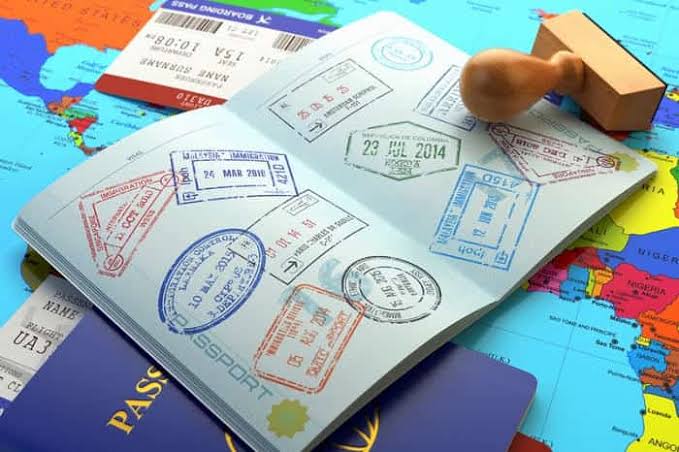The increasing availability of visas on arrival for Indians has made travelling to international destinations more accessible for Indian passport holders in 2023. In the latest Henley Passport Index 2023, the Indian passport has climbed to secure the 80th rank, up from 87th in 2022, giving its holders visa-free access to 57 countries, making globe-trotting more convenient than ever. There are even many countries that allow you to forego the complexities of visa applications and complete essential paperwork upon arrival.
In this guide, we’ll explore the list of countries that offer visa on arrival for Indians, clarify the process, and differentiate visa on arrival from visa-free travel.
List Of Countries Offering Visa-On-Arrival For Indians In 2023:
According to the Passport Index, here are the countries that offer visa on arrival for Indians as of November 7, 2023.
Country Number of Days Continent
- Bolivia 90 days South America
- Burundi 30 days Africa
- Cambodia 30 days Asia
- Cape Verde 90 days
Africa - Comoros 45 days Africa
- Guinea-Bissau 90 days Africa
- Indonesia 30 days Asia
- Jordan 30 days
Asia - Laos 30 days Asia
- Madagascar 90 days Africa
- Maldives 30 days Asia
- Marshall Islands 90 days Oceania
Process Of Visa On Arrival For Indians
Obtaining a visa on arrival is a straightforward process but can vary slightly from one country to another.
Here’s a simplified step-by-step guide for the process of acquiring a visa on arrival for Indians:
Complete Arrival Card:
Most countries require travellers to fill out an arrival card, typically provided on your flight or at the airport. This card includes essential details such as your name, passport number, purpose of visit, and duration of stay.
Prepare Documentation:
Ensure you have all the necessary documents handy. This includes a valid passport (at least six months validity from your intended departure date), proof of sufficient funds, a return or onward flight ticket, and, sometimes, a passport-sized photograph.
Arrival At Destination:
Upon arrival at your destination airport, proceed to the visa on arrival counter. These counters are usually located in the immigration section of the airport.
Fill out the visa application form provided at the counter. You may also be required to provide supporting documents like hotel reservations or proof of funds.
Payment Of Visa Fees:
Pay the applicable visa fees, which can vary depending on the country and duration of your stay. Fees are typically payable in the local currency or sometimes in US Dollars.
Visa Issuance:
Once your application and payment are processed, immigration authorities will issue your visa on the spot. Ensure that all the details on your visa sticker are accurate before leaving the counter.
Duration Of Stay:
Be mindful of the maximum stay duration permitted on your visa. Overstaying your visa could result in fines or other legal consequences.
border upon arrival. The application process for a tourist visa can be complex and lengthy, whereas obtaining a visa on arrival is generally simpler and quicker.
Tourist visas often have predetermined validity and duration, whereas visa on arrival grants shorter stays, usually from days to months. Lastly, tourist visas are typically for tourism, while visa on arrival may serve other purposes, like business or transit, depending on the destination’s policies.
- Are visa on arrival policies subject to change?
Yes, visa on arrival policies can change over time due to international agreements or changes in a country’s immigration regulations. Checking the latest requirements before travelling is recommended. - Can I extend my stay on a visa on arrival?
In some cases, you may be able to extend your stay by visiting the local immigration office of the country you are in. However, this is subject to the specific rules of each country. - Are there any additional fees for visa on arrival besides the visa fee?
In addition to the standard visa fees, some countries may impose additional charges or fees upon arrival. These fees may include tourism taxes, entry fees, or other expenses specific to the country you’re visiting. It’s essential to be prepared for such additional costs, and one way to do this is by carrying some local currency with you. It’s a good practice to inquire about any potential additional fees or charges when you arrive at your destination and plan your currency exchange accordingly to ensure a smooth entry process.



